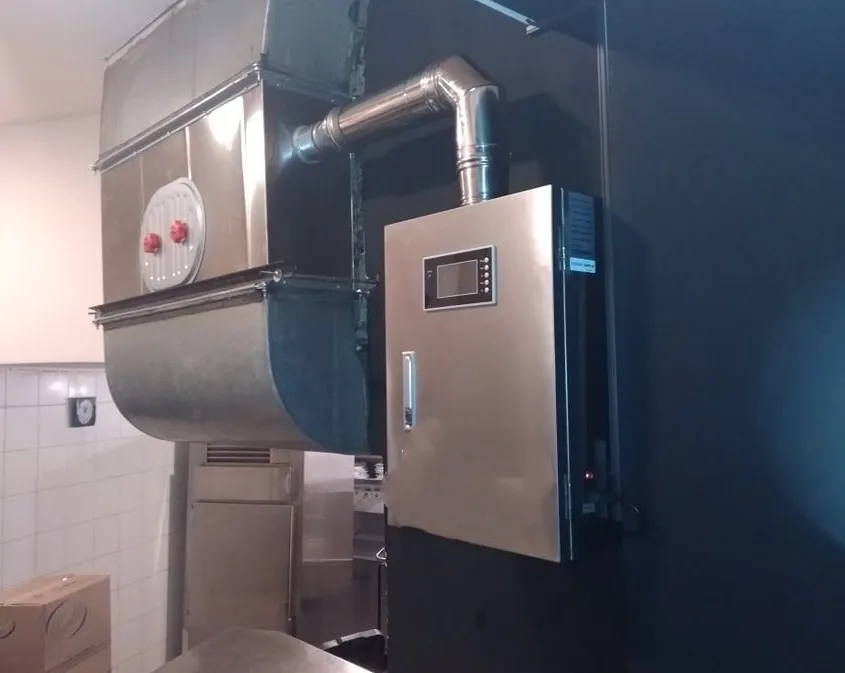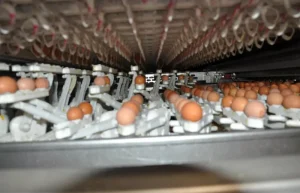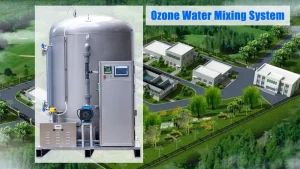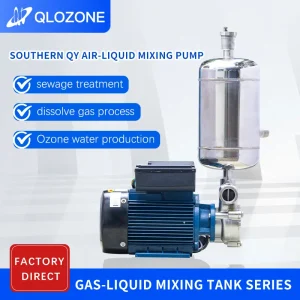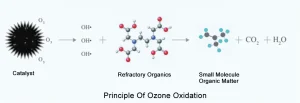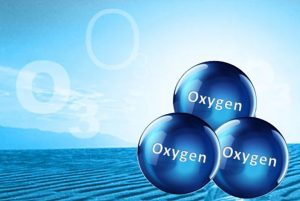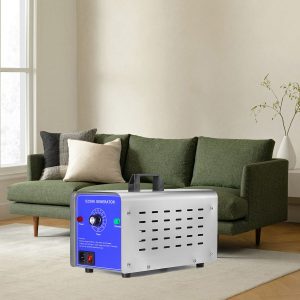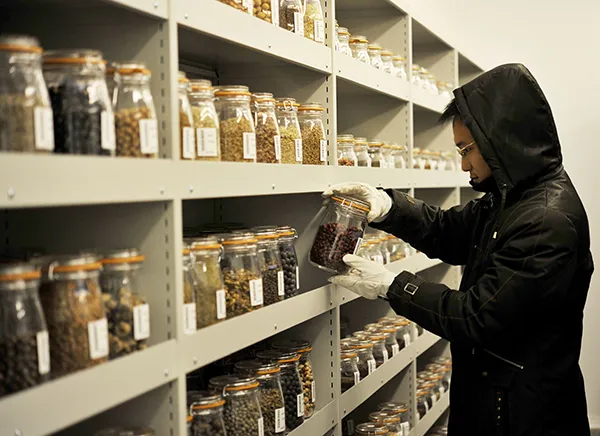As an efficient and environmentally friendly disinfection medium, ozone is gradually showing its unique value in the field of egg handling and storage. Due to the strong oxidation properties of ozone and its efficient inactivation of microorganisms, it has shown significant advantages in ensuring the safety of egg microorganisms and extending the shelf life. The following is an in-depth analysis of the professional application of ozone in egg disinfection and storage:

Principle of ozone disinfection
Ozone (O), as a powerful oxidant, can destroy the cell structure of bacteria, viruses, molds and other microorganisms through its unique chemical activity to achieve its excellent disinfection efficiency. When ozone comes into contact with the surface of the egg, it can quickly oxidize and eliminate attached pathogens, such as salmonella and E. coli, effectively reducing the risk of microbial contamination and improving the microbial safety of the egg.
Implementation strategy
The concentration of ozone used to sterilize eggs needs to be precisely controlled to ensure effective disinfection while avoiding damage to egg shells. In general, the concentration of ozone-sterilized eggs ranges from 0.1-0.5ppm (that is, the volume of ozone per million parts of air), but the specific concentration should be adjusted according to the disinfection method (such as ozone water immersion or ozone gas fumigation), the type of eggs, the amount of treatment, and equipment characteristics.
1. Ozone water disinfection: The effective inactivation of surface microorganisms is achieved by immersing eggs in an ozone aqueous solution of precisely regulated concentration. The method is suitable for batch treatment and ensures uniformity and high efficiency of disinfection process.
Generally, the concentration of ozone water is recommended at 0.5-1.5ppm. Eggs are immersed in ozone water for periods ranging from a few minutes to tens of minutes, depending on the degree of contamination of the eggs and disinfection requirements.
2. Ozone gas fumigation: in a closed environment, the use of ozone generator to generate ozone gas, the storage of eggs for comprehensive fumigation, to ensure the full coverage of disinfection effect, especially suitable for large-scale egg treatment scenarios.
When using ozone gas for fumigation in a confined space, the ozone concentration is generally controlled at 0.1-0.3ppm. The fumigation time is usually several hours to ensure that ozone is sufficiently exposed to and inactivates microorganisms on the surface of the egg.
3. Continuous ozone environment: In the egg storage warehouse or refrigerated room, through the continuous or periodic introduction of low-concentration ozone gas, inhibit the growth of microorganisms, significantly extend the life of eggs, and effectively reduce loss.
Core advantage
Efficient microbial control: Ozone can quickly and completely eliminate pathogens on the surface of eggs, improving food safety standards.
No risk of chemical residue: Ozone is naturally decomposed into oxygen after disinfection, leaving no chemical residue, ensuring the edible safety of eggs.
Significantly longer shelf life: By inhibiting microbial growth, ozone disinfection helps to significantly extend the storage life of eggs, reduce wastage, and optimize supply chain efficiency.
Environmental friendliness: The ozone disinfection process does not produce harmful by-products, has no negative impact on the environment, and conforms to the principle of sustainable development.
Practical consideration
Precise concentration control: Too high a concentration of ozone may cause damage to the microstructure of the eggshell and affect the integrity and quality of the egg. Therefore, the concentration of ozone use needs to be strictly controlled to balance the disinfection effect and product protection.
Operating safety specifications: In the environment dealing with high concentrations of ozone, strict safety procedures must be followed to ensure that personnel health is not affected, including maintaining good ventilation conditions.
Equipment maintenance and calibration: Regular maintenance and performance calibration of ozone generators are necessary conditions to ensure disinfection efficiency and long-term stable operation of equipment.
In summary, the application of ozone in the field of egg disinfection and storage not only significantly improves the safety of food, but also promotes the efficient use of resources and environmental protection by extending the shelf life of products, reflecting its far-reaching significance in the field of food safety and sustainable development.



